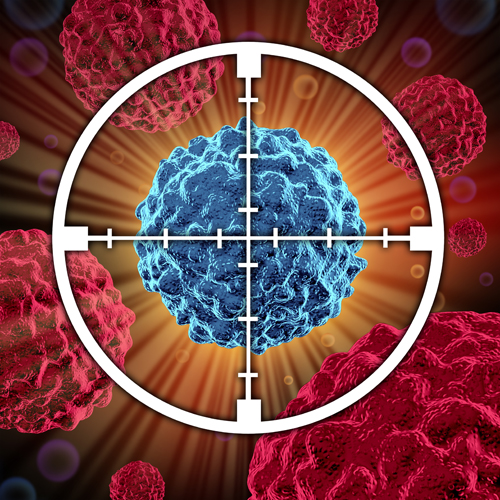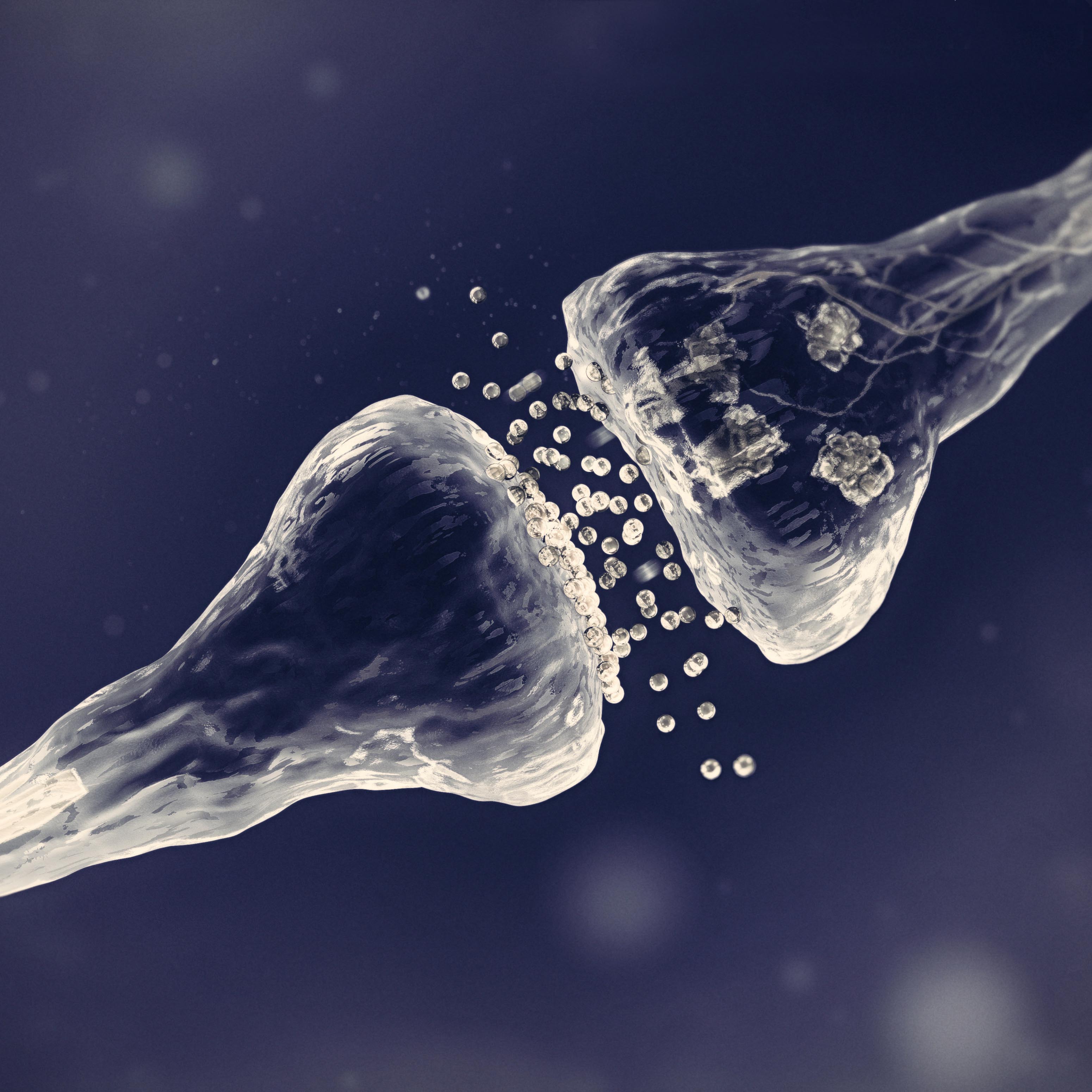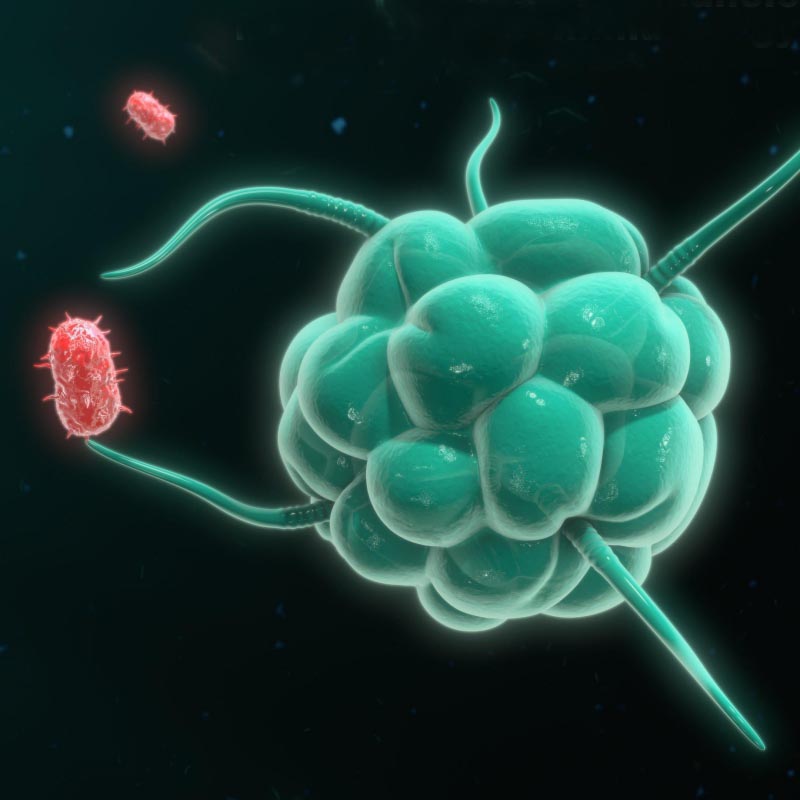By harnessing the power of stem cells to repair or replace tissues that are damaged by trauma or disease, the promise of regenerative therapies is making its way into the clinic. Researchers in the Stem Cell biology research stream study the fundamental mechanisms that govern stem cell function, investigate the new therapies for heart disease, lung disease, muscle disease, multiple sclerosis, vision loss, diabetes, stroke, septic shock, and brain and spinal cord injury.

Stem cell biology and organismal development
Researchers
Ruth Slack
Dr. Ruth Slack and her research group’s long term goals are to promote the regeneration of the damaged brain after stroke or in neurodegenerative diseases. She and her team have shown that proteins that regulate cell replication can also play important roles in the regulation of neural stem cell self renewal and long term maintenance in the embryonic and adult brain. Dr. Slack’s group has also shown that mitochondrial dynamics and function have a major impact on adult stem cells and their differentiation, thus changes in metabolism or defects in mitochondrial function in the context of neurodegenerative diseases may have a major impact on neurogenesis, regeneration and neurological function. By exploiting new knowledge of these key regulatory pathways, they plan to activate the neuronal precursor and stem cell pools in order to facilitate regeneration of the damaged brain.
Alexandre Blais
Dr. Blais laboratory studies the Six family of transcription factors and the critical role its members play in myogenic differentiation. We are interested in understanding, at the molecular level, the mode of action of these transcription factors, and how they might cooperate with other transcription factors involved in skeletal myogenesis. To this end, we use functional genomic approaches such as ChIP-seq, RNA interference, expression profiling and bioinformatic analyses.
David Lohnes
Dr. Lohnes’ work focuses on two broad themes: (i) improving our understanding of the genetic networks underlying early development of the mammalian embryo and (ii) pathways and transcriptional networks impacting intestinal development and homeostasis, including colorectal cancer. Work in the group utilizes gene editing methods to develop mouse models to interrogate the role of specific transcription factors and signaling pathways in development and disease. His work contributes to a better understanding of normal developmental processes and how misregulation of these events may lead to congenital birth defects including neural tube defects. In the adult, some of these pathways are also implicated in the genesis of certain cancer, and work from the Lohnes laboratory is providing new insight as to these relationships.
Jing Wang
Dr. Wang is a neurobiologist whose research focuses on delineating molecular mechanisms that regulate the proliferation and differentiation of neural stem cells, including both embryonic and adult neural stem cells, with the ultimate goal of defining ways to recruit the stem cells that are resident in the brain, and to thereby promote neural repair. Dr. Wang uses stroke as a brain disease model to study whether molecular pathways that regulate the recruitment of neural stem cells under pathological conditions could be modulated and utilized to promote brain repair and stroke recovery.
Mona Nemer
Studies in our laboratory are aimed at elucidating the molecular mechanisms involved in the spatial and temporal control of eukaryotic gene expression and cellular differentiation. We have focused our interest on the pathways underlying cardiac growth and differentiation. In order to elucidate the factors and mechanisms involved in the control of gene expression during normal and hypertrophic cardiac growth, we have used several cardiac genes as models. Our studies have led to the molecular cloning of novel cardiac transcription factors with a role in heart development. Various techniques of cellular and molecular biology are now used to analyze the function of those factors in initiating and maintaining the cardiac genetic program and in cardiogenesis.
Qiao Li
Dr. Li has devoted her research efforts to the regulatory mechanisms of gene expression. She has made important contributions to the understanding of how chromatin dynamics and different signaling pathways crosstalk and how cells respond to inducing signals in the context of chromatin. Recently, her research team has focused on how chromatin dynamics and different signaling pathways converge to direct stem cell differentiation.
Wenbin Liang
Dr. Liang’s research is focused on mechanistic studies of arrhythmogenic heart disease, with the hope of developing novel therapies for cardiac arrhythmias. Techniques used include somatic gene transfer, stem cells, cellular electrophysiology, organ culture, and whole-animal studies, as well as cellular and molecular biology techniques.
William Stanford
The focus of Dr. Stanford laboratory is to understand and manipulate the behavior of pluripotent and somatic stem cells to understand mechanisms of human disease and develop novel therapeutics. Our research utilizes systems biology to tease apart cell behavior and pathophysiology. Dr. Stanford research group often uses pluripotent embryonic stem cells (ESCs) as a model stem cell system because they are easier to grow and manipulate in culture than somatic stem cells. In fact, pluripotent stem cells have become the “new yeast”, enabling researchers to analyze mammalian development at the transcriptome (mRNA & miRNA), proteome, methylome, etc. systems level. Of course, yeast do not encode miRNA so this is a critical difference supporting the use of human ESC research. Importantly, we are now combining these systems approaches to study human disease using induced pluripotent stem cells (iPSCs). Dr. Stanford believes such a systems genetics strategy will identify novel therapeutic targets and therapeutics for many diseases including cancer.
Shannon Bainbridge
Dr. Bainbridge’s research focuses on two common and debilitating complications of pregnancy, preeclampsia and intrauterine growth restriction. Her research program aims to: 1) understand the molecular basis of these complications within the placenta; 2) identify molecular subclasses of these complications; 3) identify unique biomarkers that can be used to screen and identify these different subclasses of disease; 4) identify molecular candidates within the placenta that can be targeted for tailored therapeutic treatment of different subclasses of disease. Methodology used within her laboratory includes gene and protein analysis, in vitro cell/tissue culture and in vivo models.
Jay Baltz
Dr. Baltz’s laboratory works on mammalian oocyte growth, maturation and early embryo development. His laboratory is particularly interested in the physiological alterations that occur to accommodate the constantly changing nature of the egg and embryo and their implications for the health of the embryo and offspring. He wants to understand the precisely-choreographed activation and deactivation of the array of transporters and other physiological mechanisms needed to supply the constantly changing needs of the egg and embryo during the early stages of development, and understand what can go wrong. Overall, he hopes to add to our knowledge of the physiological processes important to mammalian eggs and embryos at the very beginning of life. His research will help improve the health of babies and the treatment of infertility through research leading to the development of improved techniques for producing healthy oocytes and embryos
David Picketts
Research in Dr. Picketts’ laboratory focuses on the role of chromatin remodeling proteins in neural development and intellectual disability disorders. We utilize transgenic mouse models in which genes encoding epigenetic regulators are genetically inactivated to identify their requirement during brain development and to obtain insight into the mechanisms causing intellectual disability. Determining the genes and developmental pathways regulated by these epigenetic regulators is critical for the generation of novel therapeutics for patients.
Michael Rudnicki
The Rudnicki laboratory works to understand the molecular mechanisms that regulate the determination, proliferation, and differentiation of stem cells during embryonic development and during adult tissue regeneration. The lab has conducted leading studies into both embryonic myogenesis and the function of muscle stem cells (satellite cells) in adult regenerative myogenesis. In particular, his group has worked extensively to understand the molecular mechanisms that regulate the function of satellite cells in skeletal muscle. Towards this end, the lab employs molecular genetic and genomic approaches to determine the function roles played by regulatory factors.
Daniel Coutu
Owing to the presence of skeletal stem cells, the skeleton (which includes tissues such as bone, cartilage, tendons, ligaments, periosteum and marrow stroma) displays amazing regenerative and repair properties. However, in certain circumstances (e.g. in the context of aging, chronic inflammatory joint diseases or extensive/repeated trauma) those repair mechanisms are impaired. Dr. Coutu’s research program studies the biology of skeletal stem cells in an attempt to bring novel therapies to patients suffering from debilitating conditions with unmet clinical needs. More specifically, the research in his lab explores three main research themes including 1) the study the fundamental biology of skeletal stem cells; 2) the improvement of tissue regeneration and repair by skeletal stem cells and 3) the study the interactions between skeletal cells and blood/immune cells in the bone marrow.
Jeff Dilworth
The goal of Dr. Dilworth’s research program is to understand the mechanisms by which tissue-specific patterns of gene expression are established during development, and how this can be reproduced in stem cells. While the laboratory is broadly interested in transcriptional regulation, his current research focuses on the transcriptional activators implicated in myogenesis. This system has become the paradigm for studying gene expression during development due to the fact that exogenous expression of MyoD in a large number of cell lines is sufficient to initiate a temporally ordered and reproducible program of gene regulation leading to muscle differentiation. To understand how MyoD establishes muscle specific gene expression, his group is using a combination of biochemistry, cell biology, molecular biology, genomics and proteomics.
Pierre Mattar
Dr. Mattar’s laboratory has 2 main research projects. The first one consists in studying how the potential of retinal progenitors is controlled. Retinal progenitors are multipotent, and have the ability to generate a variety of cell types at a given time. The lab aims to decipher how changes in the developmental potential of retinal progenitors are controlled to produce specific kinds of cells, and to harness these processes so that desired cells can be produced efficiently. The second project aims to identify the transcriptional contribution to retinal cell death. Cell death is often linked to apoptosis, a controlled form of cellular suicide. Degenerating retinal photoreceptor cells have been frequently shown to die via alternative forms of cell death that are poorly understood. Aberrations in gene expression can trigger photoreceptor cell death, because removal of any of the major photoreceptor transcription factors or co-factors triggers degeneration, suggesting that defective transcription is lethal. The lab aims to identify the mechanism that connects transcriptional dysfunction to atypical cell death in rods and cones.
David Allan
Dr. Allan is a clinician-researcher with the Blood and Marrow Transplant Program at The University of Ottawa and the Sprott Centre for Stem Cell Research in the Regenerative Medicine Program at The Ottawa Hospital Research Institute. His ongoing research addresses the regenerative function of blood-derived vascular progenitor cells, the role of the bone marrow microenvironment in leukemogenesis and the use of mesenchymal stromal cells in regenerative therapy and immune modulation.
Johné Liu
Dr. Liu’s longstanding research interest is the mechanism of oocyte maturation, using the Xenopus frog as the primary model system and, in recent years, expanding this effort to include a [SD1] mouse model. His research interests focus on the identification of factors contributing to the decline of egg quality and the complication associated with reproduction. His laboratory has identified putrescine deficiency, a biogenic polyamine naturally produced in peri-ovulatory ovaries, as a major contributor of egg quality in aged mice. His laboratory also looks at the mechanisms of polar body formation during animal oocyte maturation, using Xenopus frogs as a model.
Nongnuj Tanphaichitr
Dr. Tanphaichitr’s research program aims to understand the molecular mechanisms underlying sperm-egg interaction. The ultimate goal is to have her findings translated into the development of non-hormonal contraceptives and biomarkers of gamete fertilizing ability. Since the delivery of these contraceptives are likely most effective in the vagina, we are targeting molecules that would also contain anti-sexually transmitted disease activities. Collectively, her research programs also aim to study 1. the [SD1] [JC2] relationship between sperm and antimicrobial peptides (readily existing in the reproductive tract as part of the innate immune system), 2. transmission mechanisms of HIV-1 and other microbes through vaginal and cervical epithelial cells.





